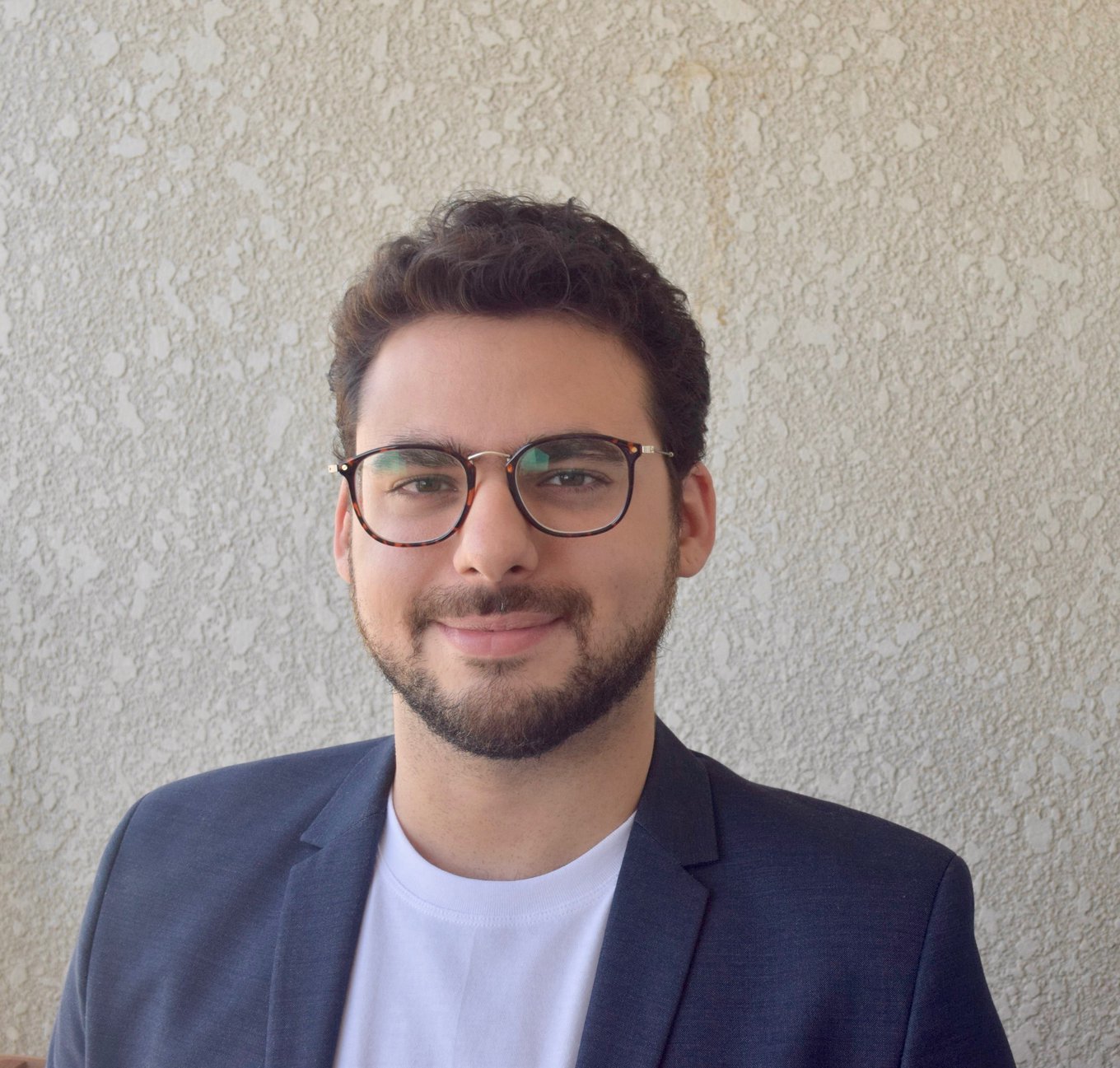Diabetic foot is a grievance caused by the destruction of blood vessels and nerves on the foot due to high levels of sugar in blood usually carried along by previously diagnosed diabetes. The worst case scenario regarding these types of maladies is the amputation of an extremity. In developed countries, the treatment of complications following a diabetic foot diagnose take between 15% and 25% of all health related monetary resources invested in the treatment of diabetes, according to World Health Organization statistics. Non-traumatic amputations in diabetic patients are 15 times more frequent than those presented in the general population. That is because diabetes is the main cause of amputations worldwide.
Appalled by the numbers, electrical engineer, Caio Guimarães, decided to dedicate his efforts to finding a way to lessen the tolls, and so, he founded beone Technologies. He was personally motivated, since a couple of his closest relatives were diabetic. His uncle lost a hand and a foot due to diabetes, which gave Caio a firsthand experience with all the problems the disease carries.
Guimarães' approach is based on putting photo-modulation technology (which uses electromagnetic waves) to the service of medicine in order to stimulate the body's immune response so that wounds present in diabetic foot cases can close faster. Due to his innovation, Guimarães has become a winner in the Latin American Innovators Under 35 from the MIT Technology Review LATAM edition.
Caio's invention managed to fully cure open wounds in patients that were on the verge of losing a limb. As a matter of fact, his clinical trials have demonstrated that the effectiveness of the treatment is 100%. beone Technologies uses an integrated technology that sends electromagnetic waves to the foot's cells, activating the immune mechanisms of the patient, aiding the body in healing itself. It's a non invasive treatment with no side affects, as well as being the most effective and cheapest currently available.
Up until this invention of the Brazilian electric engineer, the weapons against diabetic foot were exclusively palliative and not effective enough to heal it completely. For this reason, the end solution generally meant amputation due to open wounds presenting necrotic tissue.
Although his technology is still undergoing trials and is not yet available for general use or purchase, the first clinical essays and results are very promising and allow a preview of an amazing improvement to the quality of life and treatment of people with diabetes.
The director of master degree programs of the Food and Biotechnology Department on the Monterrey Institute of Technology and Higher Education (ITESM) in México, Jorge Welti, who is also a member of the jury for the 2019 Latin American Innovators Under 35, believes “Caio's project shows clearly his capacity to reduce the health issues he is so actively working to decimate. His proposal is an example of how sharply oriented, innovative inventions can vastly improve humankind's life standards.”




